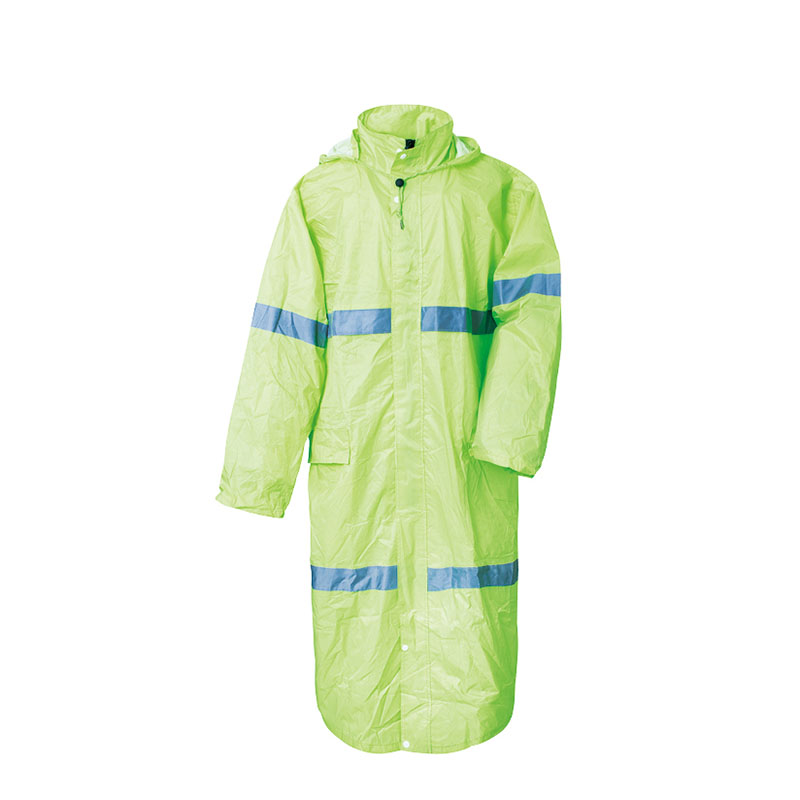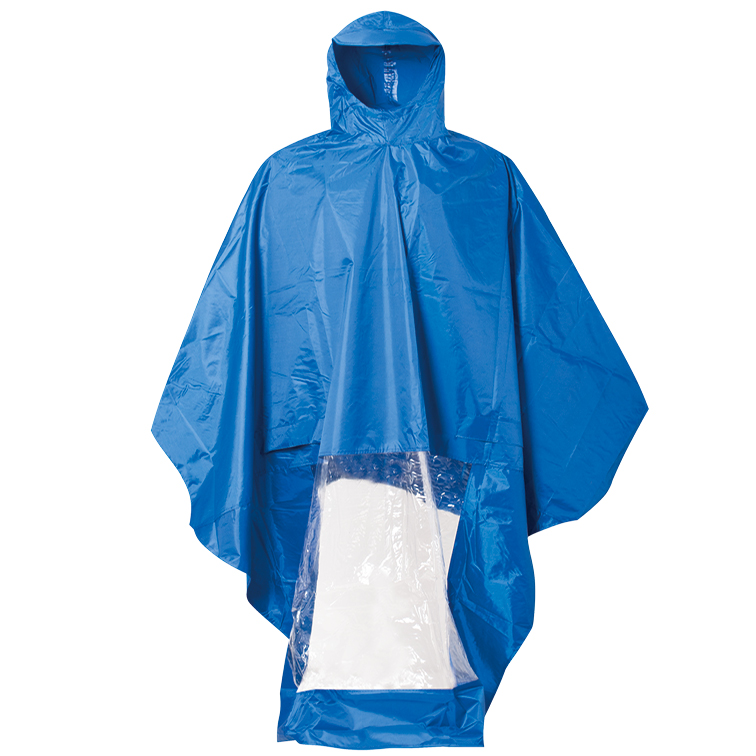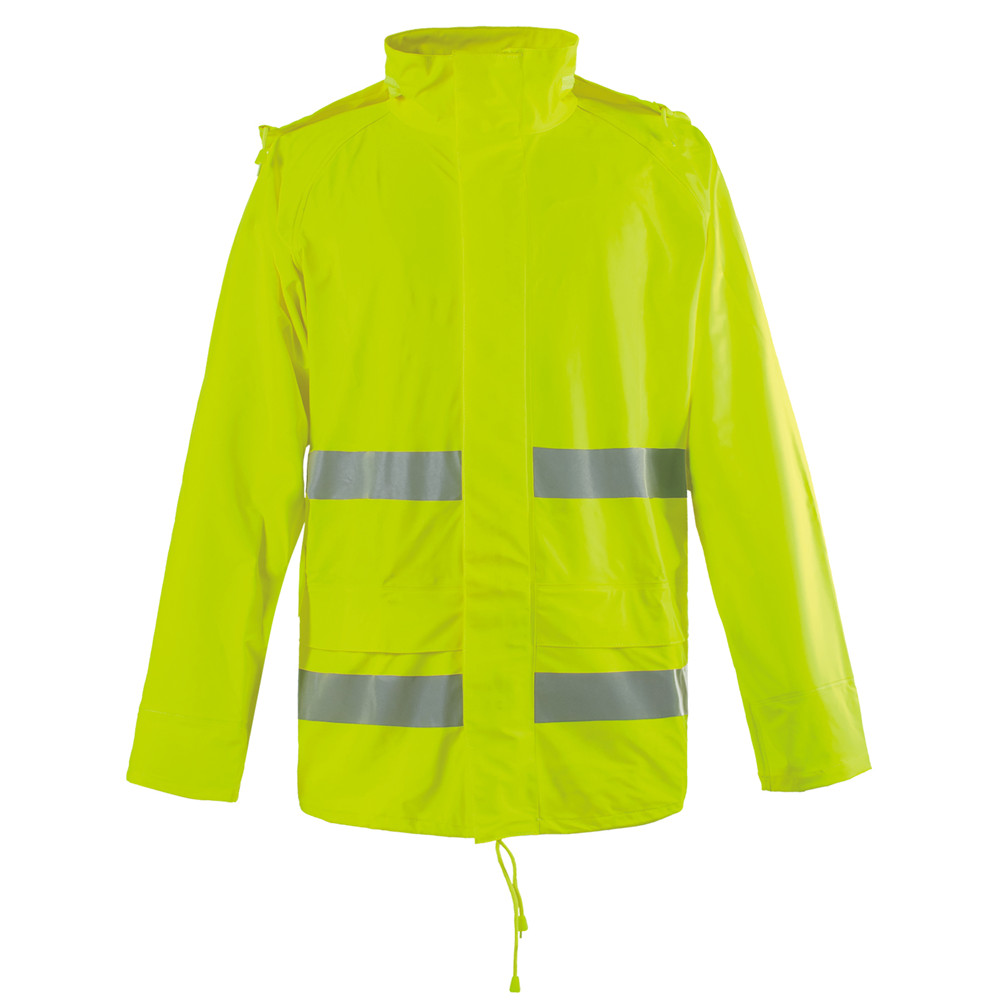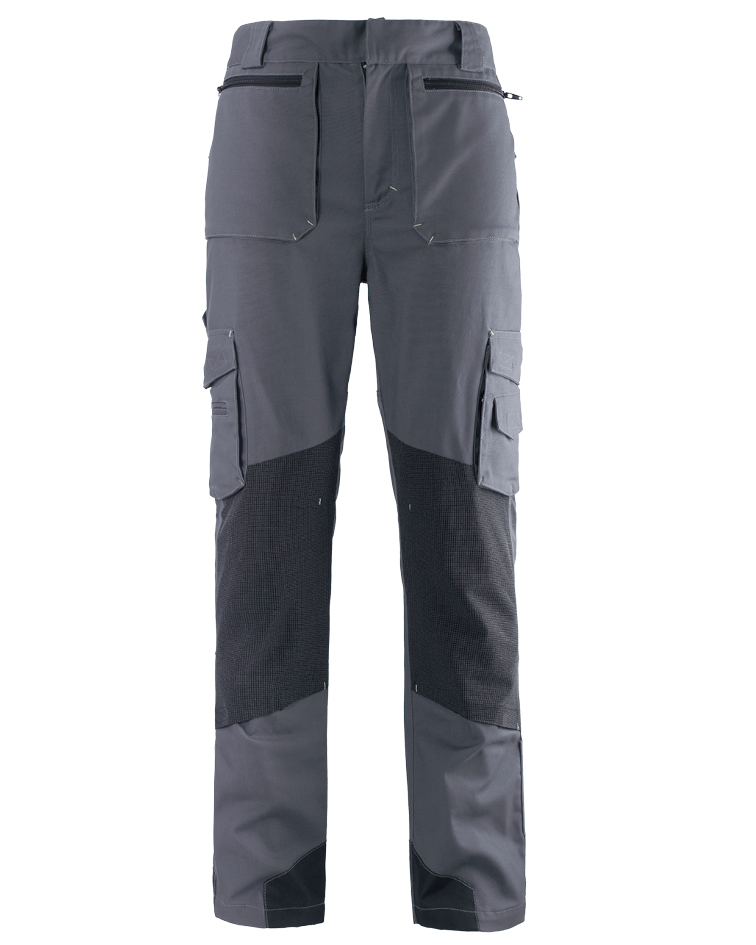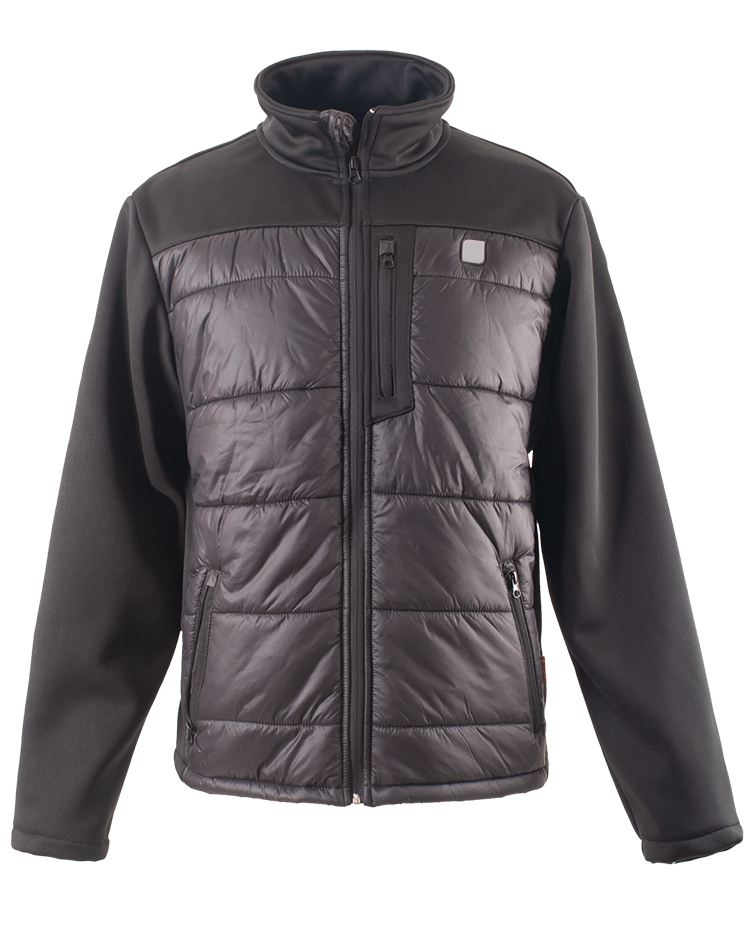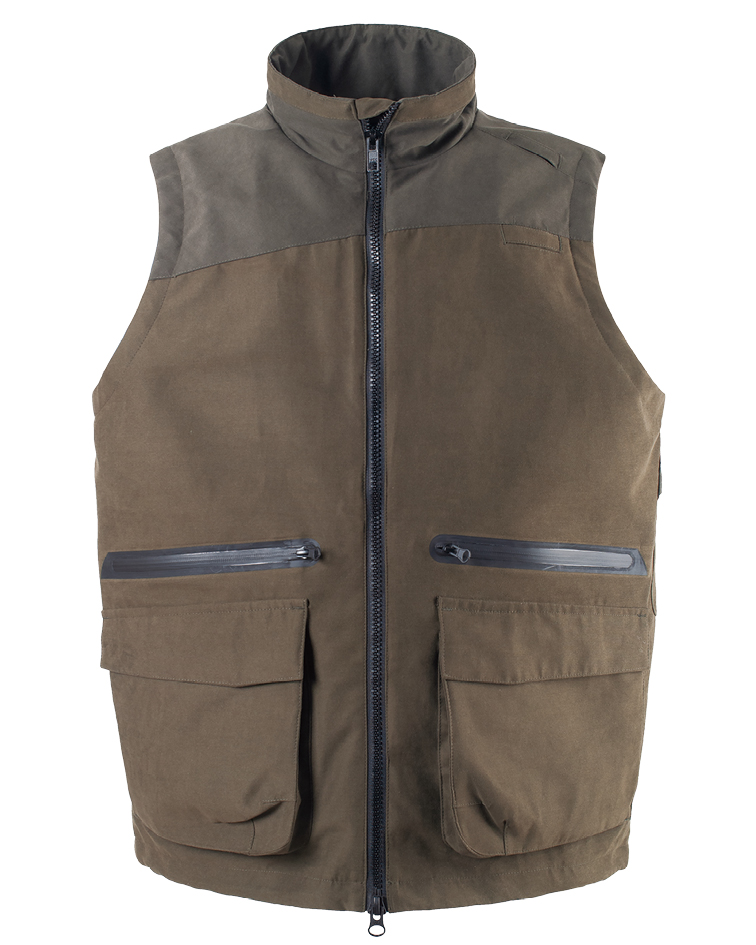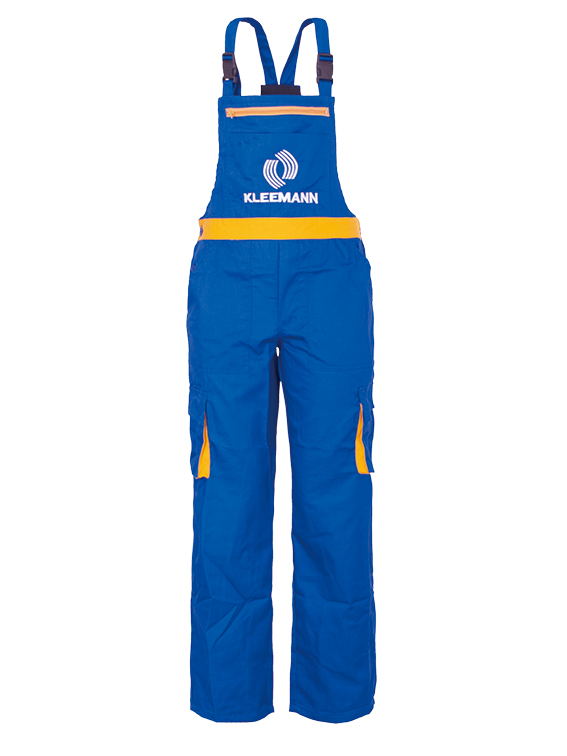Dear customers and friends:
Field Notes on the BODYWARMER VEST: what’s trending, what’s tested, what actually works
Every few years, workwear quietly reinvents itself. This season, the humble BODYWARMER VEST is back on job sites and delivery routes—partly because layering beats bulky coats, partly because budgets are tight and people want gear that lasts. And, to be honest, a good vest is just convenient: core warmth, free range of motion, no drama.
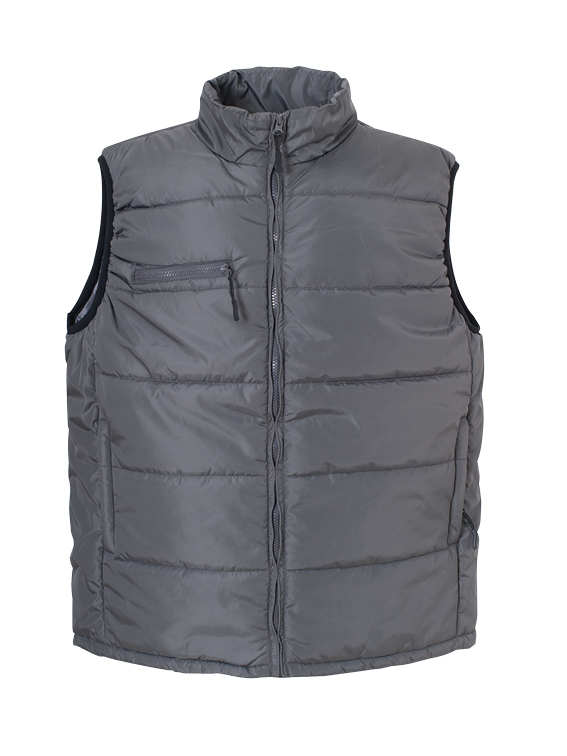
What’s inside matters: materials and build
The core fabric here is DM311 nylon with a PU coating—nylon for abrasion resistance and a polyurethane layer for wind resistance and light moisture protection. In fact, this combo is a standard in utility vests because it balances durability with weight. Stitching density, bartacks at pocket stress points, and a tidy zipper track (SBS or YKK—buyers can choose) make more difference than most people think.
Quick spec snapshot
| Shell | DM311 Nylon with PU coated (short description) |
| Insulation (typical) | Polyfill ≈ 120–160 g/m² (real-world use may vary) |
| Lining | Polyester taffeta, anti-snag |
| Finish | PU wind-resistant, DWR optional |
| Closures | Front zipper, optional snap storm flap |
| Pockets | 2–4 exterior; 1 interior (customizable) |
| Sizes | XS–4XL (regional grading available) |
| Service life | ≈ 2–4 seasons with weekly wear, proper care |
| Standards (typical) | EN ISO 13688, OEKO-TEX Standard 100 (materials), REACH compliance |
How it’s made (the short version)
- Materials: DM311 nylon roll goods, PU coated; polyfill batts; polyester lining.
- Methods: CAD patterning; laser/auto-cut; lockstitch + bartack; edge binding at armholes.
- Testing: Martindale abrasion ISO 12947 (target ≈ 20k cycles); seam strength ISO 13935-2; colorfastness ISO 105; hydrostatic head for coated fabric ISO 811 (light weather only).
- QC: AQL 2.5 typically; zipper pull tests; dimensional checks after laundering.
Where it earns its keep
- Logistics and parcel delivery: core warmth, no sleeve snagging in vans.
- Facility management and supervisors: looks neat over hoodies or shirts.
- Outdoor retail staff and event crews: brandable chest area; moves between indoor/outdoor easily. Many customers say the BODYWARMER VEST replaces a light jacket nine months of the year—surprisingly versatile.
Customization (where teams get picky)
Heat-transfer or embroidery logos; reflective piping; pocket maps for scanners/radios; insulation weight tuning; zipper brand choice; colorways matched to Pantone. Turnaround for custom BODYWARMER VEST runs typically 30–45 days after sample approval, MOQ around 300–500 pcs.
Vendor landscape (practical comparison)
| Vendor | Typical MOQ | Lead Time | Cert/Compliance | Notes |
|---|---|---|---|---|
| Dellee (Shijiazhuang) | ≈ 300–500 | 30–45 days | EN ISO 13688, OEKO-TEX materials, REACH | Balanced price/quality; strong pattern library |
| Generic Trading House | ≈ 1,000+ | 45–60 days | Varies by factory | Broader sourcing, but uneven QC |
| Boutique Workshop | ≈ 100–200 | 20–35 days | Small-batch attestations | Great for pilots; pricier per unit |
Real-world outcomes (quick case notes)
Logistics fleet, Northern Europe: switched to a PU-coated BODYWARMER VEST with 140 g/m² fill; drivers reported better cab mobility and a 20–30% decrease in “overheating” complaints compared with softshell jackets.
Utilities maintenance team: custom radio pocket and reflective piping; vests lasted ≈3 seasons with weekly laundering under mild detergent cycles. It seems that careful drying (low heat) extended life more than anything else.
Care, service life, and compliance
Cold wash, gentle cycle; line dry or low tumble; avoid bleach/softeners (they degrade the PU). Expect ≈ 2–4 seasons of service in moderate use. Typical compliance targets include EN ISO 13688 for protective clothing basics; OEKO-TEX Standard 100 for materials; and REACH-substance conformity. Ask for test summaries: Martindale, seam strength, and hydrostatic head data.
Origin: 14/F., Yisheng Building, No.68 West Heping Road, Shijiazhuang, China.
What buyers say
“Warm core, zero bulk,” one facility manager told me; another noted the chest stays tidy for large logos. A few asked for deeper hand pockets—easy fix on the next run.
Citations
- ISO 12947 (Martindale Abrasion) – https://www.iso.org/standard/60809.html
- OEKO-TEX Standard 100 – https://www.oeko-tex.com/en/our-standards/oeko-tex-standard-100
- EU REACH Regulation – https://echa.europa.eu/regulations/reach
- EN ISO 13688:2013/A1:2021 – https://www.iso.org/standard/75896.html
- ISO 811 (Hydrostatic Head) – https://www.iso.org/standard/61051.html
Post time: Oct . 28, 2025 19:45

